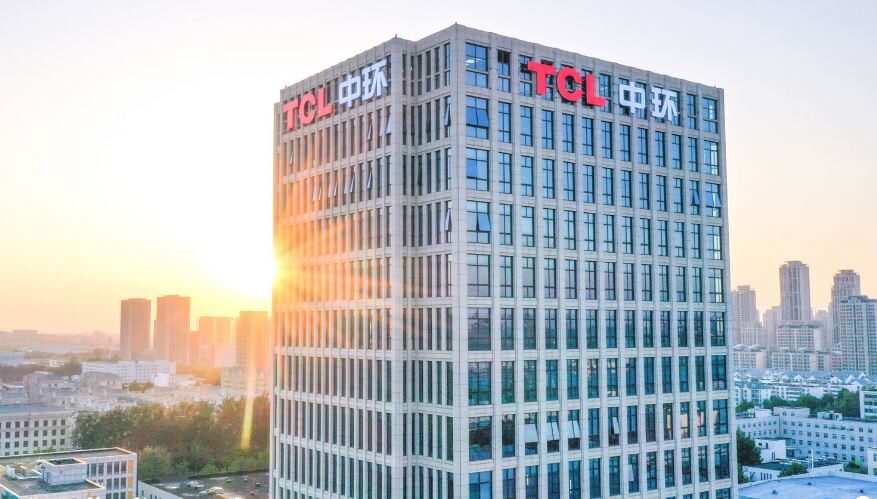A research group in Australia has designed a perovskite solar cell using a carbon electrode and a hole transport layer (HTL) made of a special kind of 2D material known as phosphorene (eBP).
This material consists of a single layer of black phosphorus (BP) and is analogous to graphene. According to the researchers, it has high carrier mobility, ambipolar conduction behavior and tunable bandgap, which make it ideal for applications in perovskite solar cells. “Recently, the concept of using BP derivatives as an interlayer between perovskite layer and HTL has shown significant improvement in the hole transport due to the lowered injection barrier between the perovskite and HTL, and the favorable band energy alignment in conventional perovskite cells,” they explained.
The research group utilized an electrochemical packed bed electrochemical reactor (PBER) to produce large-area phosphorene flakes for the HTL. “The electrochemical expansion of BP was carried out in a two-electrode PBER, in which a bed of bulk BP was pressed against a boron-doped diamond (BDD) working electrode and separated from a platinum (Pt) counter electrode with a glass fiber membrane,” it stated.
“The resulting expanded BP was exfoliated into nanosheets (eBP) using a mild sonication in dimethylsulfoxide (DMSO) for only 2 min due to the weakened interlayer van der Waals interaction caused by the presence of intercalants.”

Image: Griffith University, 2D materials and applications, Common License CC BY 4.0
The academics built the cell with a glass-coated indium tin oxide (ITO) substrate, an electron transport layer (ETL) based on either tin oxide (SnO2), a perovskite absorber, an HTL relying on eBP, and a carbon contact.
In the proposed cell configurations the eBP flakes are intended to improve the interfacial contact between the perovskite absorber and the carbon electrode while suppressing ion migrations and reducing hysteresis. They also contributed to achieving “suitable” band energy alignments, as well as enhanced hole selectivity and transportation.
Tested under standard illumination conditions, the device achieved a power conversion efficiency of 15.58%, an open-circuit voltage of 1.082 V, a circuit-current density of 22.89 mA, and a fill factor of 62.85%, which the scientists said are the highest values ever recorded for a carbon-based perovskite solar cell using non-conventional hole transport materials.
“More importantly, the unencapsulated c-PSCs with eBP flakes exhibited excellent stabilities under various harsh testing conditions including high temperature and humidity due to the combined protection of hydrophobic eBP HTL and carbon electrode,” the academics added. “We postulate that the well-aligned band energy and hole extraction ability of eBP nanosheets lead to efficient hole transfer from the perovskite layer to the carbon electrode.”
For comparison, a control cell built with a conventional HTL achieved an efficiency of 13.48%, an open-circuit voltage of 1.045 V, a circuit-current density of 21.46 mA, and a fill factor of 60.06%.
The novel cell design was presented in the study “Large-area phosphorene for stable carbon-based perovskite solar cells,” published in 2D materials and applications. The research group was formed by scientists from Griffith University.
This content is protected by copyright and may not be reused. If you want to cooperate with us and would like to reuse some of our content, please contact: editors@pv-magazine.com.




By submitting this form you agree to pv magazine using your data for the purposes of publishing your comment.
Your personal data will only be disclosed or otherwise transmitted to third parties for the purposes of spam filtering or if this is necessary for technical maintenance of the website. Any other transfer to third parties will not take place unless this is justified on the basis of applicable data protection regulations or if pv magazine is legally obliged to do so.
You may revoke this consent at any time with effect for the future, in which case your personal data will be deleted immediately. Otherwise, your data will be deleted if pv magazine has processed your request or the purpose of data storage is fulfilled.
Further information on data privacy can be found in our Data Protection Policy.